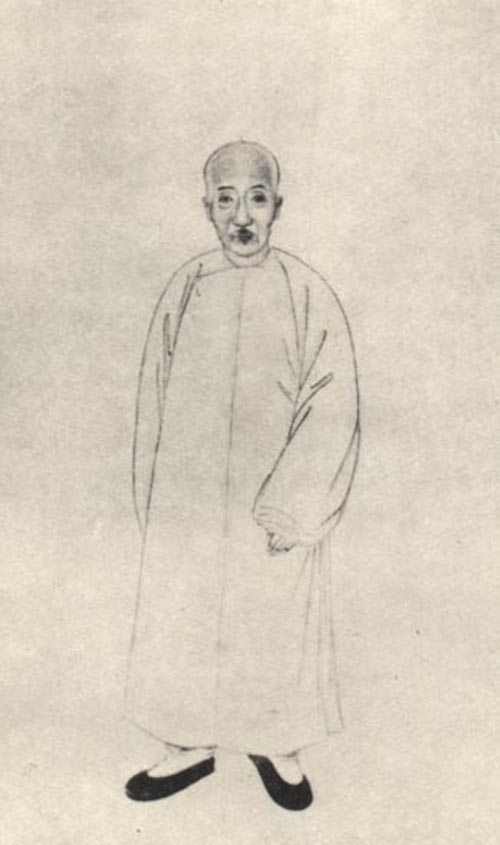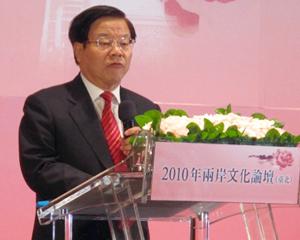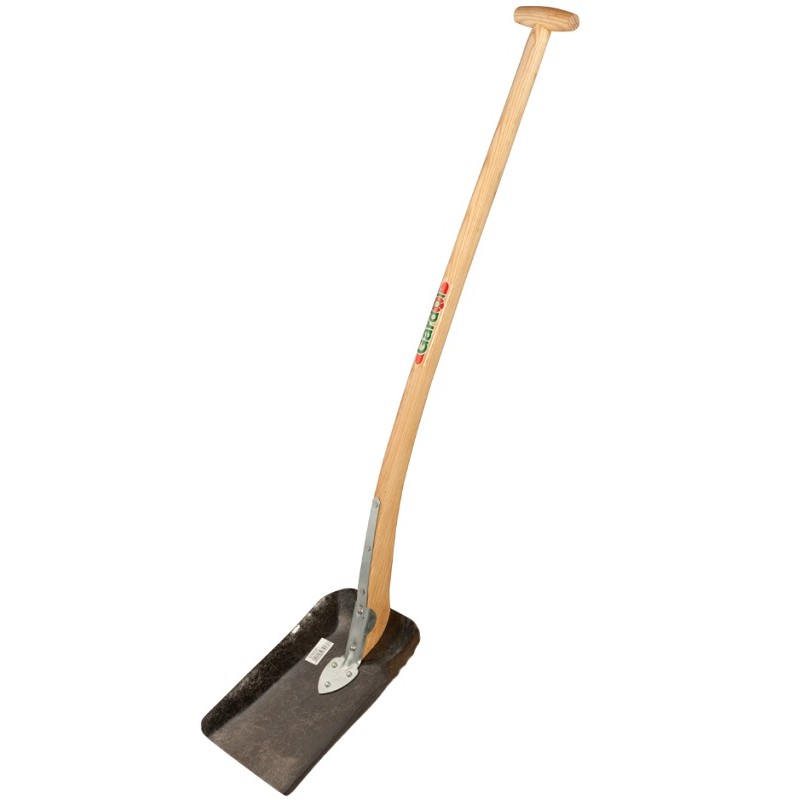|
Da Ke Ding
The Da Ke ''ding'' () is an ancient Chinese bronze circular ''ding'' vessel from the Western Zhou dynasty (1046–771 BC). Unearthed in Famen Town, Fufeng County, Shaanxi in 1890, it is on display in the Shanghai Museum. The Da Ke ''ding'', the Da Yu ''ding'' in the National Museum of China, and the Mao Gong ''ding'' in the National Palace Museum in Taipei have been called the "Three Treasures of China" (). Description The tripod is round, with three legs and two ears, a common shape during the Western Zhou dynasty (1046–771 BC). It is high and weights . Its inside diameter is with a bore of . Its mouth was engraved with ''Taotie'' patterns and its abdomen was engraved with wave patterns, and its ears was engraved with Chinese dragon patterns. Inscription The tripod has 290 Chinese characters in 28 lines inside the tripod. The inscriptions recorded that the monarch of the Western Zhou dynasty awarded slaves and land to the nobleman, Ke (). Ke cast it to commemo ... [...More Info...] [...Related Items...] OR: [Wikipedia] [Google] [Baidu] |
Shanghai Museum
The Shanghai Museum is a museum of ancient Chinese art, situated on the People's Square in the Huangpu District of Shanghai, China. Rebuilt at its current location in 1996, it is considered one of China's first world-class modern museums and famous for its large collection of rare cultural pieces. History The museum was founded in 1952 and was first open to the public in the former Shanghai Racecourse club house, now at 325 West Nanjing Road. The founding collections came principally from three sources: a batch of artifacts gathered by the Communist 3rd Field Army during the civil war from accidental finds and confiscations of private property and brought to Shanghai upon the Communists' conquest of the city; artifacts confiscated by the customs service; items sold by private collectors due to political pressure during political purges and purchased by the government. The former Shanghai Municipal Museum was also merged into the new Shanghai Museum. In the next few years, the ... [...More Info...] [...Related Items...] OR: [Wikipedia] [Google] [Baidu] |
Bianzhong
Bianzhong ( Chinese:编钟) is an ancient Chinese musical instrument consisting of a set of bronze bells, played melodically. China is the earliest country to manufacture and use musical chimes. They are also called Chime Bells. These sets of chime bells were used as polyphonic musical instruments and some of these bells have been dated at between 2,000 to 3,600 years old. They were hung in a wooden frame and struck with a mallet. Using a wooden hammer and a rod to beat the bronze bell can make different pitch. Along with the stone chimes called '' bianqing'', they were an important instrument in China's ritual and court music going back to ancient times. Several sets of ''bianzhong'' were imported to the Korean court during the Song Dynasty. Pronounced in Korean as pyeonjong, the instrument became an important part in Korea's ritual and court music and is still in use. In Vietnam, the instrument, which was used in ceremonies in the court at Huế, is called biên chung. The ins ... [...More Info...] [...Related Items...] OR: [Wikipedia] [Google] [Baidu] |
National Treasure (2017 TV Series)
''National Treasure'' () is a 2017 Chinese cultural exploration variety TV program that aired on CCTV-3 and CCTV-1 in China. The TV program is produced by Lǚ Yitao. Actor Zhang Guoli serves as the host. The Palace Museum, Shanghai Museum, Nanjing Museum, Hunan Provincial Museum, Henan Museum, Shaanxi History Museum, Hubei Provincial Museum, Zhejiang Provincial Museum and Liaoning Provincial Museum, the nine major museums in mainland China, each presented three national treasures across the episodes. Each treasure in the TV program will be presented by national treasure keepers performed by celebrities and common people, to tell the stories of national treasures with the collections, interpreting the historical mystery. Synopsis Music * ''One Eye for a Thousand Years'' (), sung by Na Ying Na Ying (born 27 November 1967) is a Chinese singer and musical judge. She is known for her prominent roles as a judge on Chinese TV singing shows such as ''The Voice of China''. She lat ... [...More Info...] [...Related Items...] OR: [Wikipedia] [Google] [Baidu] |
Ministry Of Culture Of The People's Republic Of China
The Ministry of Culture (MOC) was a ministry of the government of the People's Republic of China which was dissolved on 19 March 2018. The responsibilities of the MOC, which were assumed by the Ministry of Culture and Tourism, encompassed cultural policy and activities in the country, including managing national museums and monuments; promoting and protecting the arts (including censorship of visual, folk, theatrical, musical, dance, architectural, literary, televisual and cinematographic works); and managing the national archives and regional culture centers. Its headquarters were in Chaoyang District, Beijing. Duties The duty of the ministry was to digitize and preserve public domain works, and make them available and accessible to every citizen. China had millions of public domain works, including but not limited to books, pictures, music and films. List of ministers See also * China Arts and Entertainment Group *Ministries of the People's Republic of China Refer ... [...More Info...] [...Related Items...] OR: [Wikipedia] [Google] [Baidu] |
Mao Dun
Shen Dehong (Shen Yanbing; 4 July 1896 – 27 March 1981), known by the pen name of Mao Dun, was a Chinese essayist, journalist, novelist, and playwright. Mao Dun, as a 20th-century Chinese novelist, literary and cultural critic, and Minister of Culture (1949–65), was one of the most celebrated left-wing realist novelists of modern China. His most famous work is ''Midnight'' (子夜), a novel depicting life in cosmopolitan Shanghai. It is also considered to be the work with the greatest influence on his future writing. Furthermore, during the period in which he was writing ''Midnight'', Mao Dun formed a strong friendship with another of China's most famous writers, Lu Xun. Mao Dun also worked in genres other than novels, such as essays, script-writing, theories, short stories, and novellas. He was well known for translating western literature, as he had gained academic knowledge of European literature from his studies at Peking University in 1913. Additionally, although h ... [...More Info...] [...Related Items...] OR: [Wikipedia] [Google] [Baidu] |
Government Of The People's Republic Of China
The Government of the People's Republic of China () is an authoritarian political system in the People's Republic of China under the exclusive political leadership of the Chinese Communist Party (CCP). It consists of legislative, executive, military, supervisory, judicial, and procuratorial branches. The constitutional head of government is premier, while the ''de facto'' top leader of government is General Secretary of the Communist Party. The National People's Congress (NPC) is the highest state organ, with control over the constitution and basic laws, as well as over the election and supervision of officials of other government organs. The congress meets annually for about two weeks in March to review and approve major new policy directions, laws, the budget, and major personnel changes. The NPC's Standing Committee (NPCSC) is the permanent legislative organ that adopts most national legislation, interprets the constitution and laws, and conducts constitutional reviews. T ... [...More Info...] [...Related Items...] OR: [Wikipedia] [Google] [Baidu] |
Shovel
A shovel is a tool used for digging, lifting, and moving bulk materials, such as soil, coal, gravel, snow, sand, or ore. Most shovels are hand tools consisting of a broad blade fixed to a medium-length handle. Shovel blades are usually made of sheet steel or hard plastics and are very strong. Shovel handles are usually made of wood (especially specific varieties such as ash or maple) or glass-reinforced plastic (fiberglass). Hand shovel blades made of sheet steel usually have a folded seam or hem at the back to make a socket for the handle. This fold also commonly provides extra rigidity to the blade. The handles are usually riveted in place. A T-piece is commonly fitted to the end of the handle to aid grip and control where the shovel is designed for moving soil and heavy materials. These designs can all be easily mass-produced. The term ''shovel'' also applies to larger excavating machines called power shovels, which serve the same purpose—digging, lifting, and moving ... [...More Info...] [...Related Items...] OR: [Wikipedia] [Google] [Baidu] |
Pond
A pond is an area filled with water, either natural or artificial, that is smaller than a lake. Defining them to be less than in area, less than deep, and with less than 30% emergent vegetation helps in distinguishing their ecology from that of lakes and wetlands.Clegg, J. (1986). Observer's Book of Pond Life. Frederick Warne, London Ponds can be created by a wide variety of natural processes (e.g. on floodplains as cutoff river channels, by glacial processes, by peatland formation, in coastal dune systems, by beavers), or they can simply be isolated depressions (such as a kettle hole, vernal pool, prairie pothole, or simply natural undulations in undrained land) filled by runoff, groundwater, or precipitation, or all three of these. They can be further divided into four zones: vegetation zone, open water, bottom mud and surface film. The size and depth of ponds often varies greatly with the time of year; many ponds are produced by spring flooding from rivers. Ponds may b ... [...More Info...] [...Related Items...] OR: [Wikipedia] [Google] [Baidu] |
Nelumbo Nucifera
''Nelumbo nucifera'', also known as sacred lotus, Laxmi lotus, Indian lotus, or simply lotus, is one of two extant taxon, extant species of aquatic plant in the Family (Biology), family Nelumbonaceae. It is sometimes colloquially called a water lily, though this more often refers to members of the family Nymphaeaceae. Lotus plants are adapted to grow in the flood plains of slow-moving rivers and delta areas. Stands of lotus drop hundreds of thousands of seeds every year to the bottom of the pond. While some sprout immediately, and most are eaten by wildlife, the remaining seeds can remain dormant for an extensive period of time as the pond silts in and dries out. During flood conditions, sediments containing these seeds are broken open, and the dormant seeds rehydrate and begin a new lotus colony. Under favorable circumstances, the seeds of this aquatic perennial may remain viable for many years, with the oldest recorded lotus germination being from seeds 1,300 years old re ... [...More Info...] [...Related Items...] OR: [Wikipedia] [Google] [Baidu] |
Truck
A truck or lorry is a motor vehicle designed to transport cargo, carry specialized payloads, or perform other utilitarian work. Trucks vary greatly in size, power, and configuration, but the vast majority feature body-on-frame construction, with a cabin that is independent of the payload portion of the vehicle. Smaller varieties may be mechanically similar to some automobiles. Commercial trucks can be very large and powerful and may be configured to be mounted with specialized equipment, such as in the case of refuse trucks, fire trucks, concrete mixers, and suction excavators. In American English, a commercial vehicle without a trailer or other articulation is formally a "straight truck" while one designed specifically to pull a trailer is not a truck but a " tractor". The majority of trucks currently in use are still powered by diesel engines, although small- to medium-size trucks with gasoline engines exist in the US, Canada, and Mexico. The market-share of electrica ... [...More Info...] [...Related Items...] OR: [Wikipedia] [Google] [Baidu] |
Imperial Japanese Army
The was the official ground-based armed force of the Empire of Japan from 1868 to 1945. It was controlled by the Imperial Japanese Army General Staff Office and the Ministry of the Army, both of which were nominally subordinate to the Emperor of Japan as supreme commander of the army and the Imperial Japanese Navy. Later an Inspectorate General of Aviation became the third agency with oversight of the army. During wartime or national emergencies, the nominal command functions of the emperor would be centralized in an Imperial General Headquarters (IGHQ), an ad hoc body consisting of the chief and vice chief of the Army General Staff, the Minister of the Army, the chief and vice chief of the Naval General Staff, the Inspector General of Aviation, and the Inspector General of Military Training. History Origins (1868–1871) In the mid-19th century, Japan had no unified national army and the country was made up of feudal domains (''han'') with the Tokugawa shogunate (''bakufu ... [...More Info...] [...Related Items...] OR: [Wikipedia] [Google] [Baidu] |
Carpentry
Carpentry is a skilled trade and a craft in which the primary work performed is the cutting, shaping and installation of building materials during the construction of buildings, ships, timber bridges, concrete formwork, etc. Carpenters traditionally worked with natural wood and did rougher work such as framing, but today many other materials are also used and sometimes the finer trades of cabinetmaking and furniture building are considered carpentry. In the United States, 98.5% of carpenters are male, and it was the fourth most male-dominated occupation in the country in 1999. In 2006 in the United States, there were about 1.5 million carpentry positions. Carpenters are usually the first tradesmen on a job and the last to leave. Carpenters normally framed post-and-beam buildings until the end of the 19th century; now this old-fashioned carpentry is called timber framing. Carpenters learn this trade by being employed through an apprenticeship training—normally 4 years—a ... [...More Info...] [...Related Items...] OR: [Wikipedia] [Google] [Baidu] |






.jpg)
